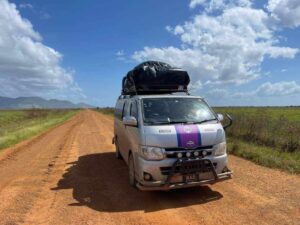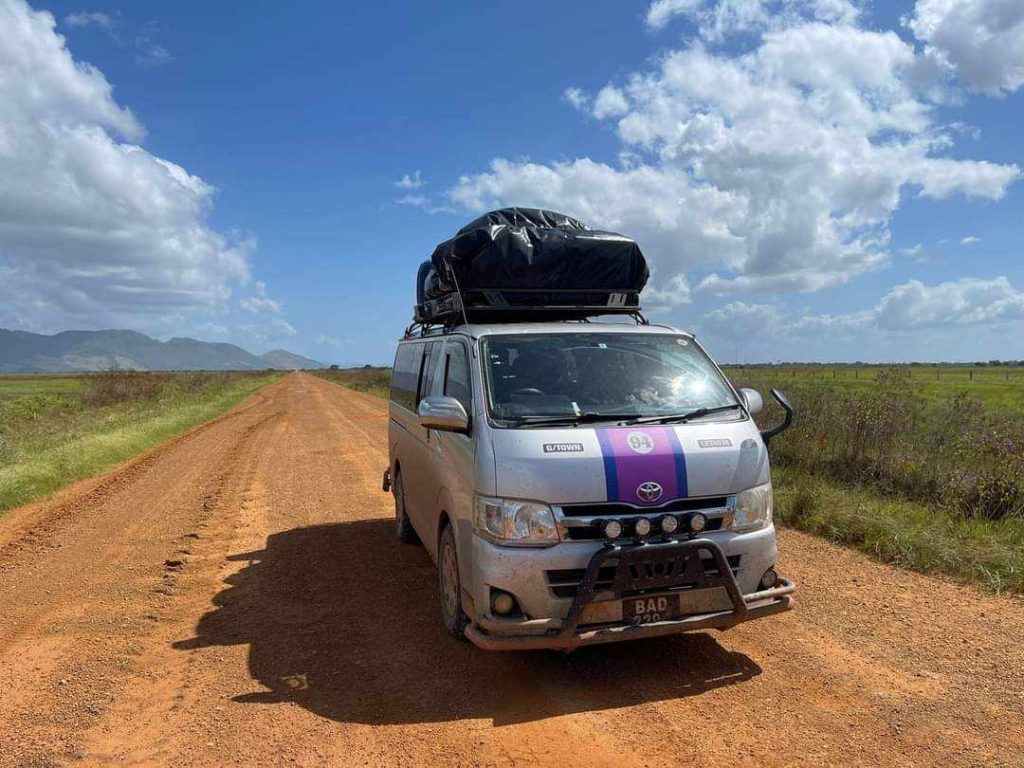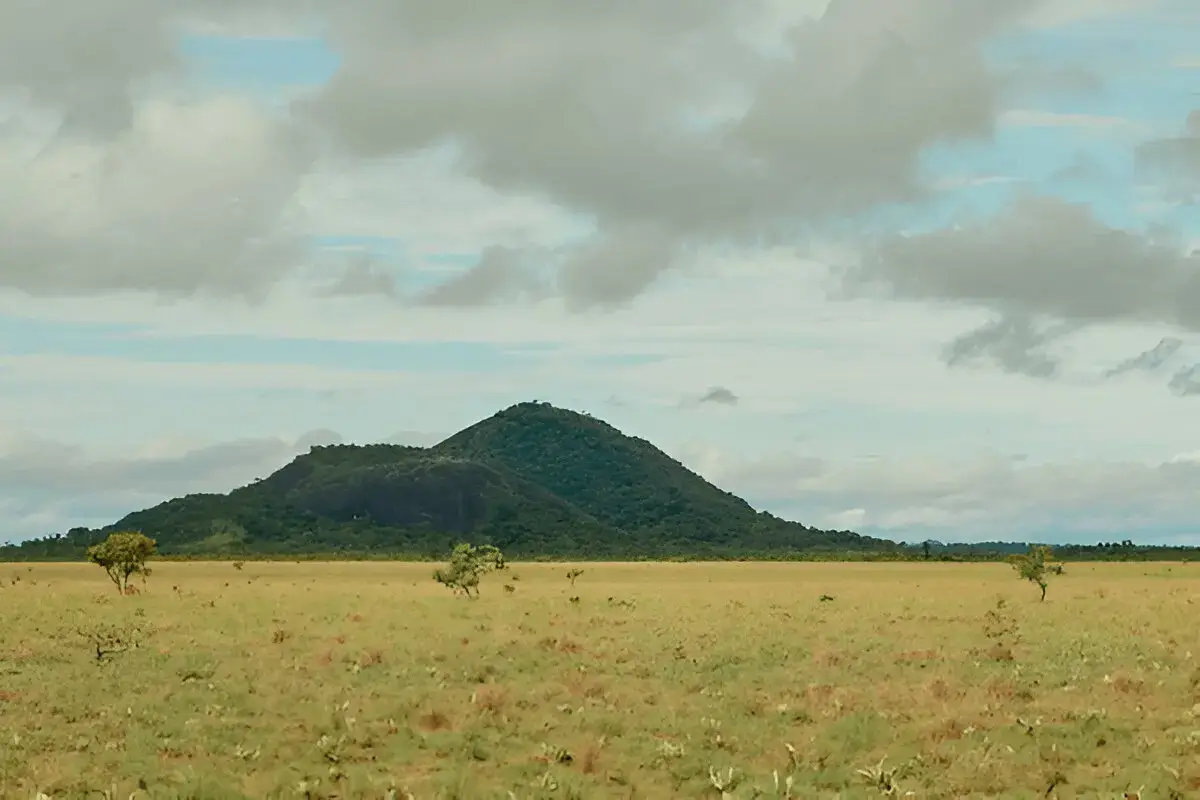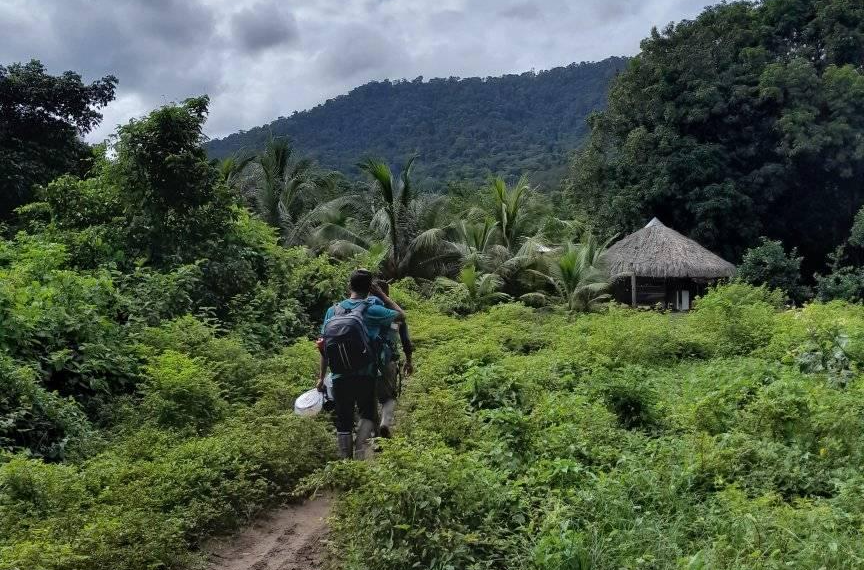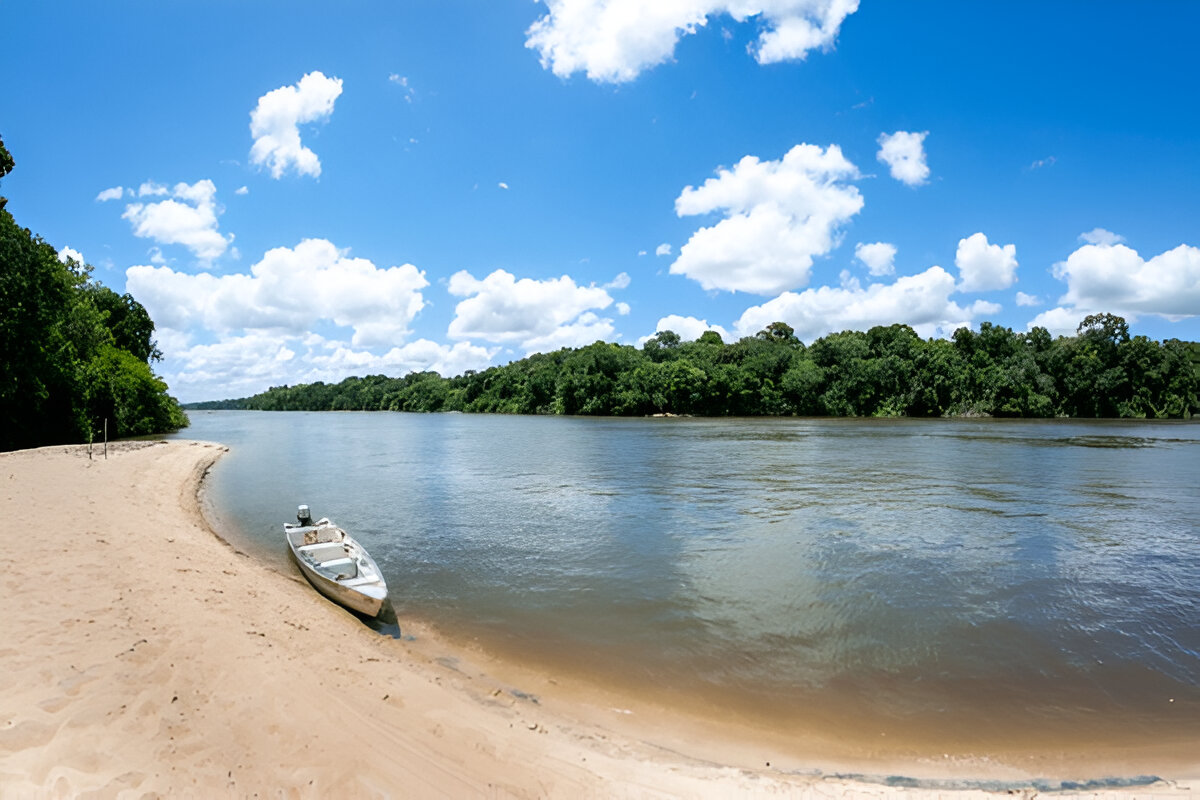Planning your adventure around the best time to visit Guyana and Rupununi is the secret to unlocking the region’s full potential. With its rich mix of untouched rainforest, sprawling savannahs, dramatic waterfalls, and thrilling wildlife, Guyana remains one of South America’s last great natural frontiers. Knowing the right season ensures you get the most out of your journey – whether you crave close-up wildlife encounters, vibrant cultural festivals, or seamless trekking and river travel.
Understanding Guyana’s Unique Climate: Seasons at a Glance
Guyana has a tropical climate with two main seasons: wet and dry. The interplay of these seasons shapes your experience, especially in the remote interior and the iconic Rupununi region.
- Rainy Seasons:
- Northern/Coastal Guyana: Mid-November to January (short) and May to mid-August (main, also affecting the interior).
- Rupununi and Interior: Primarily affected by the May–mid-August rainy period.
- Dry Seasons:
- February to April (long dry)
- Mid-August to early November (short dry)
Temperature Range: Expect daytime highs of 29–31°C (84–88°F) and nighttime lows averaging 23–24°C (73–75°F) year-round. Humidity is consistently high, especially during the rains.
The Best Time to Visit Guyana and Rupununi: Month-by-Month Guide
February to April – The Premier Dry Window
Why This Is Ideal:
Roads and trails are passable, rainfall is low, and wildlife gathers at dwindling water sources—making this a hotspot for birding, safaris, and photography.
Best For: Coastal trips, trekking in rainforests, excursions to Kaieteur Falls, and interior adventures.
Reconnect with nature in Rupununi – where thrilling safaris, serene rivers, and cultural adventures await your next journey. Book your trip now..
Mid-August to November – Post-Rain Discovery
- Why Visit Now: The landscape is lush from recent rains, but trails are drying out, and the air is clearer. This period brings easier overland access to both the savannah and rainforest, perfect for exploring Amerindian culture and the famed wild Rupununi.
- Best For: Birdwatching, sport fishing, and cultural immersions with local villages.
- Best For: Birdwatching, sport fishing, and cultural immersions with local villages.
Special Insights: The Rupununi Experience
Rupununi, a jewel in Guyana’s southwest, is defined by its endless savannahs, rich biodiversity, and authentic Amerindian hospitality. The ideal time to visit is between September and April. During these months, you’ll find:
- Easier travel conditions on dirt roads
- Fewer biting insects
- Unforgettable wildlife moments – think giant anteaters, caimans, armadillos, parrots, and macaws
- Clear river excursions and safe, scenic hikes
Tip: The famous Rupununi Rodeo held around Easter is a highlight for cultural travelers but can make accommodation scarce – book early if visiting during this event.
Must-See Experiences by Season
| Season | Experience Highlights | Travel Tips |
|---|---|---|
| February–April | Birdwatching, Kaieteur Falls, hiking, Amerindian cultural visits | Ideal for all visitors |
| May–August | Powerful waterfalls, lush rainforests, quieter lodges | Expect muddy trails, plan for slow logistics |
| September–November | Game-viewing, community ecotourism, fishing, river cruises | Drier conditions, fewer insects |
| December–January | Fresh greenery, active rivers, cultural festivals | More rainfall on the coast, still accessible |
Local Advice: Traveller Essentials
- Pack Smart: Bring lightweight, moisture-wicking clothes, sun protection, and quality insect repellent.
- Stay Flexible: Even in the dry season, short downpours can occur – factor in some buffer days.
- Support local: Choose community-run lodges and guides for authentic experiences and positive impact.
- Respect Nature: Guyana’s ecosystems are fragile – follow low-impact travel principles.
Frequently Asked Questions
Q: Is the rainy season a bad time to visit?
A: Not always! Waterfalls are most impressive, the jungle is lush, and tourist numbers are lower. However, overland travel can be slower and some lodges may be closed.
Q: What about wildlife?
A: Dry seasons are best for concentrated wildlife spotting, but keen naturalists will enjoy any time of year.
Q: Do I need special visas or permits?
A: Most visitors receive a visa on arrival, but always confirm current requirements before travel.
Conclusion: Plan Your Dream Trip
Choosing the best time to visit Guyana and Rupununi means planning for adventure, weather, and unforgettable discoveries. For most, the dry windows of February–April and September–November deliver the ultimate Guyanese experience, with optimal wildlife viewing, reliable travel, and vibrant landscapes.
Set your sights on these dates, pack for tropical conditions, and get ready to explore one of the world’s last wild paradises, an adventure that rewards every traveller.


